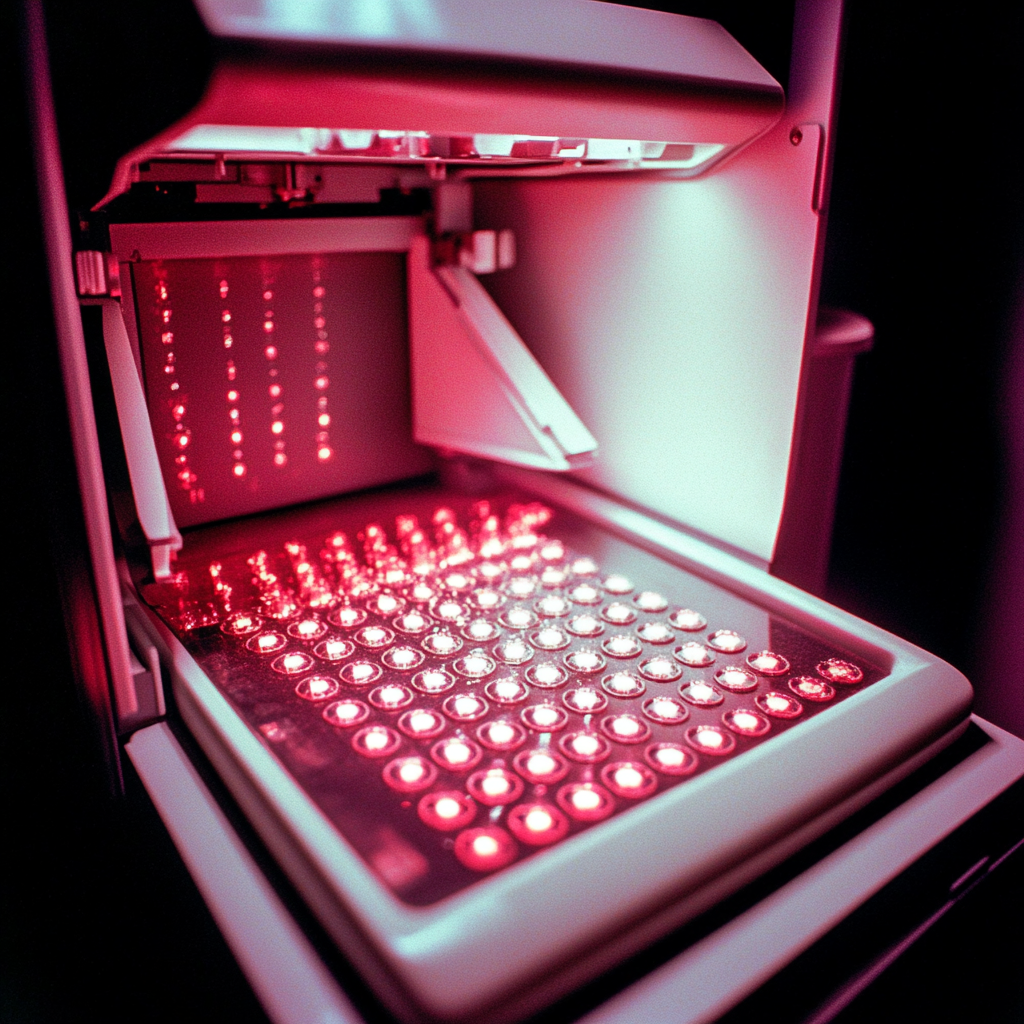PLoS One. 2025 Jun 6;20(6):e0323115. doi: 10.1371/journal.pone.0323115. eCollection 2025.
ABSTRACT
BACKGROUND: HIRAID® (History including Infection risk, Red flags, Assessment, Interventions, Diagnostics, communication and reassessment) is an evidence-based framework that supports emergency nurses to optimise safety, quality, and patient experience of care. HIRAID® was the intervention in a modified stepped-wedge cluster randomised controlled trial (SW-cRCT) in a convenience sample of 29 Australian emergency departments (Australian New Zealand Clinical Trials Registry: ACTRN12621001456842). The aim of this paper is to describe the methods and processes used to develop and deliver a theory-informed education program to support behaviour change during HIRAID® implementation.
METHODS: The HIRAID® education program was developed using: i) existing HIRAID® research using the Behaviour Change Wheel and Theoretical Domains Framework to identify enablers and barriers to HIRAID® use; ii) application of educational pedagogical theoretical frameworks (constructive alignment, backwards design, scaffolded learning); Bloom’s taxonomy of educational objectives, and active and collaborative learning; iii) Australian standards related to safety, quality, clinical governance, and emergency nursing; and iv) behavioural diagnostic data from study sites (n = 670 nurses).
RESULTS: HIRAID® education program consisted of HIRAID® Provider and Instructor Courses and was delivered using a ‘train-the-trainer’ model. Fifteen HIRAID® Instructor Courses were held from February 2021 to March 2023 with 162 participants, and at November 2023 over 1300 emergency nurses had completed the HIRAID® Provider Course.
CONCLUSIONS: The theory-informed approach to the HIRAID® education program enabled development of a structured program and delivery in the dynamic and complex emergency department environment. The approach reported in this paper provides a blueprint for other researchers aiming to change behaviours in complex settings.
PMID:40478825 | DOI:10.1371/journal.pone.0323115
